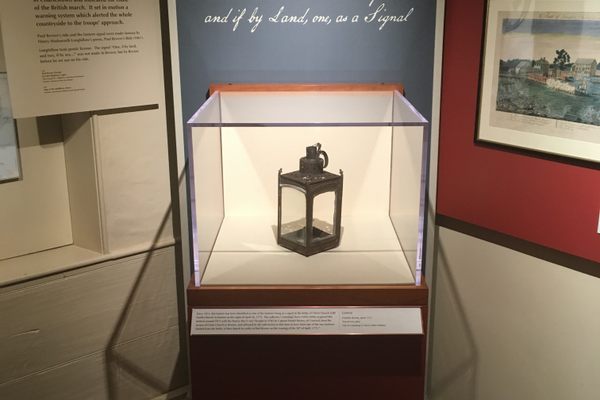About
In the grand scheme of the American Revolution, much of the glitz and glamor of colonial rebellion can be linked to Boston. The site of the Boston Massacre, the Boston Tea Party, so on and so forth. Yet 70 miles north, in the small town of Weare, New Hampshire, a small monument marks the site of one of the country's first instances of fighting back against British oppression.
New Hampshire's economy has long been built on the state's beautiful forests, with the tall trees that permeate the landscape serving as a source of ship masts. In 1722, the state's General Court ruled that it was illegal to chop down any tree whose diameter exceeded 12 inches. These trees were to be saved for use in British ships, strengthening England's commanding naval presence. If someone wanted to cut down a tree on their own land that met these parameters, they were required to have a surveyor come and assess the tree and grant them a license. Basically, citizens were, by law, required to pay an unnecessary sum to remove trees from their land themselves.
One can imagine this was not perceived particularly well by colonists. In 1772, Hillsborough County Sheriff Benjamin Whiting and Deputy John Quigley departed to Weare with a warrant to arrest Ebenezer Mudgett, a mill owner in town who had repeatedly violated this law. Mudgett was apprehended, but released by Whiting after Mudgett promised he'd pay the fine the next day. Trusting Mudgett's word, Whiting and Quigley spent the night at the Pine Tree Tavern nearby.
The next morning, Mudgett returned not with his penalty fee, but a horde of angry citizens who were likewise infuriated by the law. Together, they would beat Whiting and Quigley within an inch of their lives with wooden rods. To add insult to injury, the mob would also crop the ears and shear the manes of the two men's horses.
The somewhat anticlimactic end to the tale is that Whiting would leave Weare to recruit law enforcement from several surrounding towns, returning to Weare in the hopes of rounding up these scoundrels and bringing them to justice. Many were caught, many were not, and we may never know how many people evaded due process.
Though a mere historical footnote in the story of the American Revolution, the Pine Tree Riot proved that colonialists outside of major cities and trade ports were fueled to resist the British and stand up against rules they found unjust. Following the 1765 riots protesting the Stamp Act and the infamous 1773 Boston Tea Party, the Pine Tree Riot was an essential component in stoking the revolutionary flames in colonial America.
In 1928, the town of Weare erected a stone wheel to commemorate the spot where the Pine Tree Tavern once stood, a modest way to commemorate a small yet important stepping stone towards independence.
Related Tags
Know Before You Go
The wheel sits in front of a large totem pole in front of Weare's Avon outlet.
Published
August 6, 2021




























